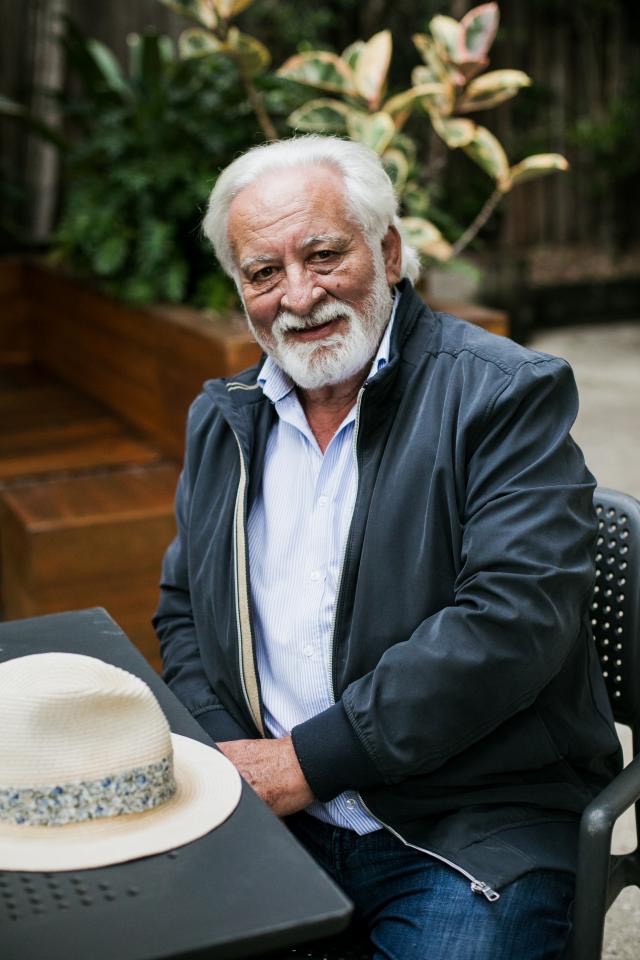The stark reality facing Noosa is that our community is being hollowed out by an unprecedented housing affordability crisis.
As essential workers flee and businesses struggle to stay open, we are witnessing the slow erosion of our community’s foundation – and solutions are not being implemented quickly enough.
The numbers tell a devastating story. According to Domain, Noosa leads among regions where house prices have nearly doubled in five years, showing an astounding 82 per cent increase from December 2019 to 2024. CoreLogic’s latest reporting suggests this trend will continue with the expected reduction in interest rates, with two-thirds of real estate agents expecting Australian price rises greater than 5 per cent; in 2025 on average. Perhaps most alarmingly, rental increases in coastal Noosa areas ranked among the highest in regional Queensland in 2024, with jumps ranging from 16.1 to 23.7 per cent.
Behind these statistics lies a human crisis. Police officers, ambulance workers, aged care staff, retail workers, hospitality employees, and working aged people – the very ones who keep our community functioning – can no longer afford to live here. The impact is visible in the increasing number of vacant shops in centres like Noosa Junction and Tewantin, a silent testimony to our failing workforce retention. Meanwhile, our ageing population (36 per cent over 60) has growing needs.
The challenge we face is complex. Noosa’s population of 58,367 (ABS 2023) is projected by the SEQ Regional Plan to reach 75,700 by 2046, requiring an additional 5000 dwellings since the 2021 census. Yet council’s current approval rates are falling short of this target, particularly when accounting for approvals for replacements of existing buildings.
More troubling still is that increased housing supply alone won’t solve the affordability crisis. Take, for example, the housing being built along Eumundi Noosa Road. Originally estimated at $500,000, these units are now selling for between $900,000 and over $1.3 million – far beyond the reach of our essential workers.
Noosa Council’s approach has been inadequate. Development applications for affordable housing in Noosa Heads, Tewantin, and Cooroy have been rejected, often citing planning scheme inconsistencies. The draft Noosa Plan Amendment #2, currently under State consideration, appears unlikely to create meaningful change in housing supply soon or to attract developer investment because of lack of feasibility due to overly restrictive requirements.
So what’s the solution? Instead of the Noosa Plan Amendment intent to increase density in quiet residential zones – a proposal that has faced significant community opposition – we need to focus on rational solutions. One approach is to moderately increase housing density and building heights in the vicinity of business and district centres, particularly those along transport corridors and near amenities, shops, and workplaces.
The State Facilitated Development (SFD) process offers a promising path forward. Take the current 42-unit Sidoni Street/Poinciana Avenue Tewantin proposal. This development exemplifies what Noosa desperately needs: at least 19 units meeting affordable design criteria under the Planning Act (under $799,000), with some units managed by community housing provider Coast2Bay for affordable rentals. The remaining affordable units will be sold through a ballot system, prioritising local workers over interstate investors.
This development’s location makes sense: it’s near the Tewantin Village district centre, with access to supermarkets, health services, retail, food outlets, community facilities, schools, and public transport. It aligns perfectly with the Noosa Transport Strategy goal of minimising car use while maximising accessibility to employment and activity hubs.
The time for half-measures and planning scheme roadblocks has passed. We need decisive action to prevent the further exodus of essential workers and the continued deterioration of our business community. The State Government’s intervention through the SFD program reflects the urgency of our situation.
Our community’s future hangs in the balance. Will we choose to be a diverse, functioning community that supports its essential workers and maintains its local businesses? Or will we continue down the current path, watching as our community needs remain unmet and our essential workers and low income residents are forced to leave?
The choice – and the opportunity to act – is now. Supporting developments like the Tewantin proposal and embracing rational density increases near business centres aren’t just good policies; they’re essential steps toward preserving the vibrant, diverse community that makes Noosa special.
Without immediate action, we risk losing not just our workers and businesses, but the very soul of our community. The solutions are clear. What we need now is the courage to implement them.








